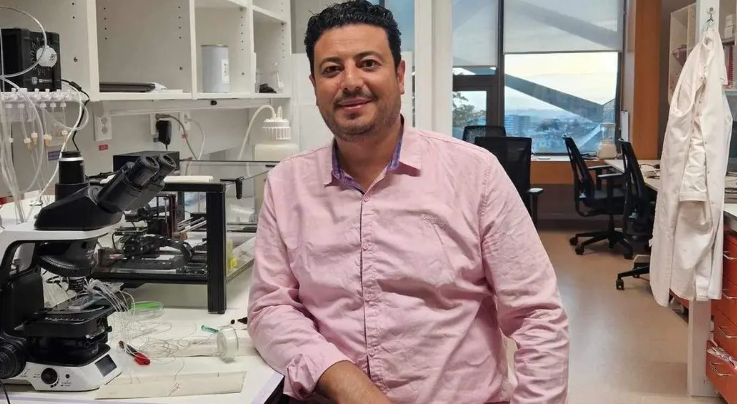The English specialized magazine "Nature" published a research study by Egyptian scientist Haitham Ahmed Shaban about restoring aged cells to their healthy early state by reorganizing the genome using modern techniques. The study presented a roadmap for the mechanism of restoring aged cells and linked changes in their genomic organization to understanding the fate of cellular aging.
In exclusive statements to "Al Arabiya.net," the Egyptian scientist confirmed that aged cells are unique and referred to as "zombie" cells because they eventually stop reproducing but do not die. He added that these cells are resistant to death, which leads to the accumulation of aged cells as one ages.
He revealed that aged cells persist and continue to release chemical substances that cause inflammation, leading to the emergence of tumor diseases and cardiovascular diseases. He explained that these cells cannot divide, and therefore they do not help in renewing tissues or repairing damage in the body.
He further noted that sometimes aged cells can be beneficial to health by promoting aging in adjacent cells at risk of becoming cancerous and attracting immune cells to remove cancerous cells. He mentioned that it was previously thought that cellular aging was an unavoidable final state until a team of geneticists discovered that adding a mix of four nuclear proteins that interact with the genetic material of aged cells can return them to their normal state, reversing aging.
He disclosed that he developed techniques for imaging the human genome in living cells to study genetic interactions and changes in the structures and movements of genetic material. He explained that these techniques will answer many questions related to the complete genomic reorganization in aged cells that had not been studied before due to the lack of these techniques.
Shaban proposed in this research paper the necessary studies to understand the underlying mechanisms of the regulatory change in the genome resulting from the process of cells entering aging, focusing on the importance of using whole-genome imaging technology and how to benefit from modern techniques to guide cells out of cellular aging.




